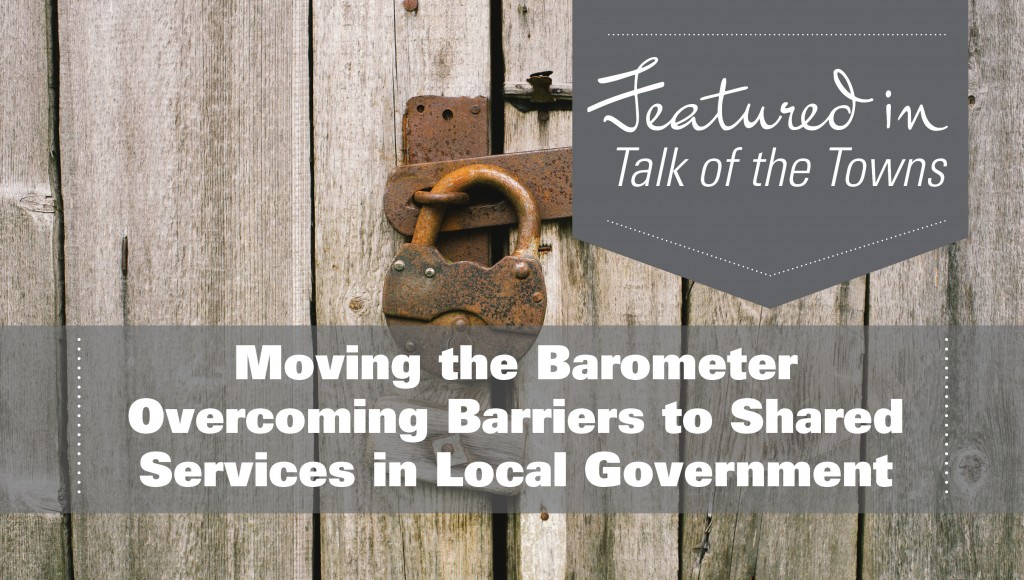Every level of government in New York State is responding to the repercussions of a slow economic recovery, forced to develop municipal budgets that must account for unfunded mandates and increasing demand for quality services, all while keeping the budget under the tax cap. Shared service strategies have become increasingly critical to help municipalities meet these demands and have evolved from rhetoric to a standard of practice. For some time, state and local officials have been aware of the high costs of duplicated government services, and they have responded by encouraging innovative solutions through intermunicipal cooperation. As economic conditions continue to strain the budgets of many local governments, discussions about consolidation and shared services agreements have flourished.
It is well known by those working in the day-to-day efforts of local government that resource sharing is not a new concept in New York State. Many local municipalities have been working together and sharing resources for decades on an informal basis. The current challenge is to identify new areas for sharing, both where savings are possible and barriers can be overcome to take advantage of these opportunities. The goal is simple – to maintain or improve delivery of service while achieving cost savings. While many local government leaders cite increased efficiency and/or the decreased costs as the primary shared service goal during a fiscal crisis, the process often leads to a further discussion about equity, quality and local control. Government Do-Over Day If you had a chance, what changes would you make on a Government Do-Over Day? We all have ideas that fall under the same goal – improve delivery of services while simultaneously lowering the cost to taxpayers. But if it is so easy, why isn’t everyone doing it?

